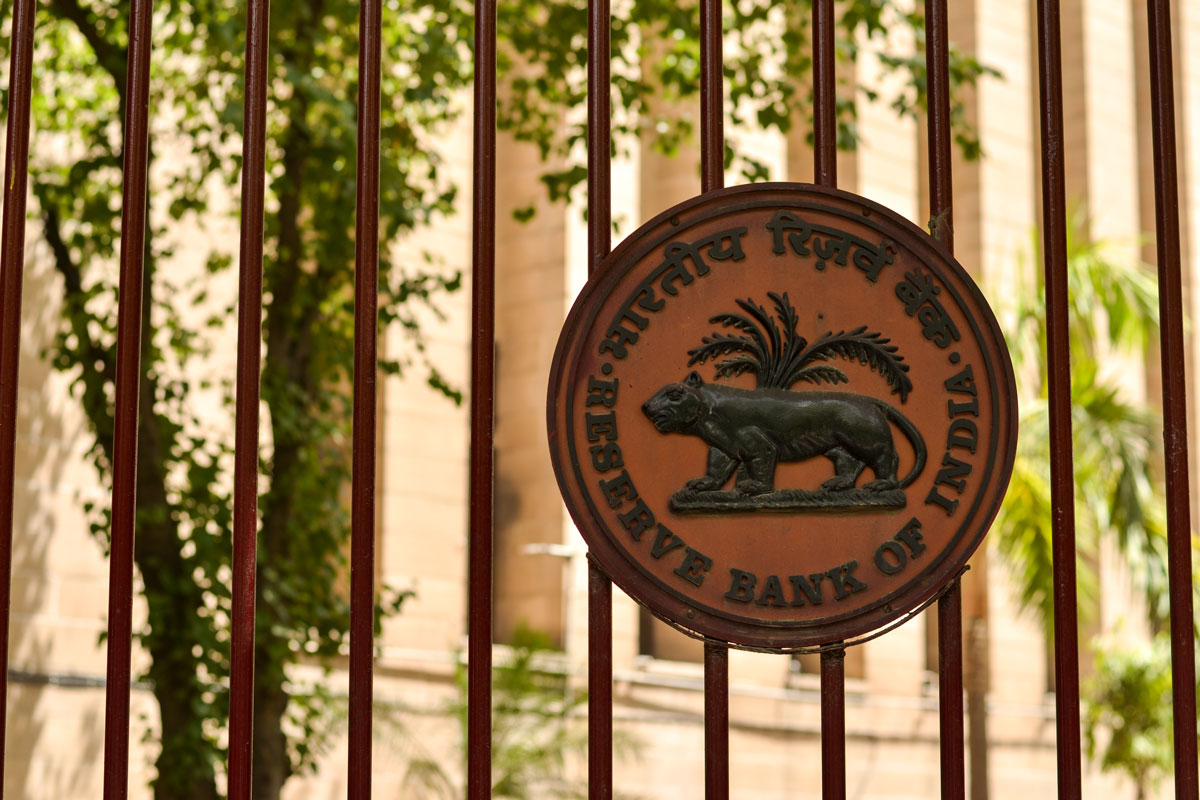RBI creating robust data analytics ecosystem to support supervisory functions: Deputy Governor
As the world rapidly evolves, so does the nature of risks confronting the financial sector.
WMAs are temporary advances given by the RBI to the states to tide over any mismatch in receipts and payments.

In addition, RBI has enhanced the aggregate WMA limit of states and Union Territories (UTs) to Rs 47,010 crore per year. (Photo: iStock)
The Reserve Bank of India (RBI) on Wednesday announced an extension of interim ways and means advances (WMAs) limit of Rs 51,560 crore to state governments till September, to help them tide over the financial stress posed by the second wave of COVID-19.
WMAs are temporary advances given by the RBI to the states to tide over any mismatch in receipts and payments.
There are two types of WMA normal and special. While normal WMA are clean advances, special WMA are secured advances provided against the pledge of the government of India dated securities.
Advertisement
In addition, RBI has enhanced the aggregate WMA limit of states and Union Territories (UTs) to Rs 47,010 crore per year.
“We have decided to accept the recommendations of an Advisory Committee constituted by the Reserve Bank to review the Ways and Means Advance (WMA) limits for State Governments/UTs and other related issues,” RBI Governor Shaktikanta Das said while announcing the first bi-monthly monetary policy of this fiscal.
Accordingly, it has been decided to enhance the aggregate WMA limit of states and UTs to Rs 47,010 crore, an increase of about 46 per cent from the current limit of Rs 32,225 crore which was fixed in February 2016, he said.
Further, he said, “it has also been decided (as per the committee suggestion) to continue the enhanced interim WMA limit of Rs 51,560 crore granted by RBI due to the pandemic for a further period of six months i.e., up to September 30, 2021.”
Acting as the debt manager of the state governments, the RBI’s WMA are intended to provide a cushion to the states to carry on their essential activities and normal financial operations. These increased limits are expected to help state governments spend on fighting the fallout of COVID-19.
As per the RBI rules, normal WMA limits are based on a three-year average of a state’s actual revenue and capital expenditure, and withdrawals beyond the limit is considered an overdraft. States pay interest linked to the repo rate on WMA withdrawals.
Advertisement